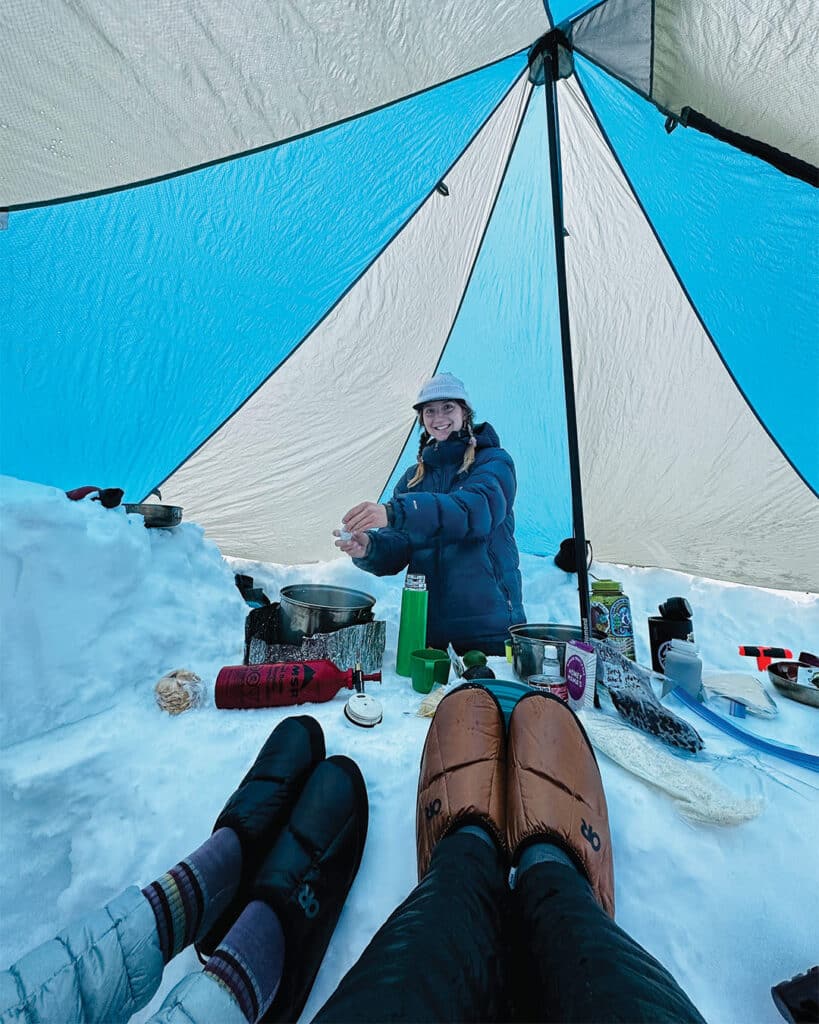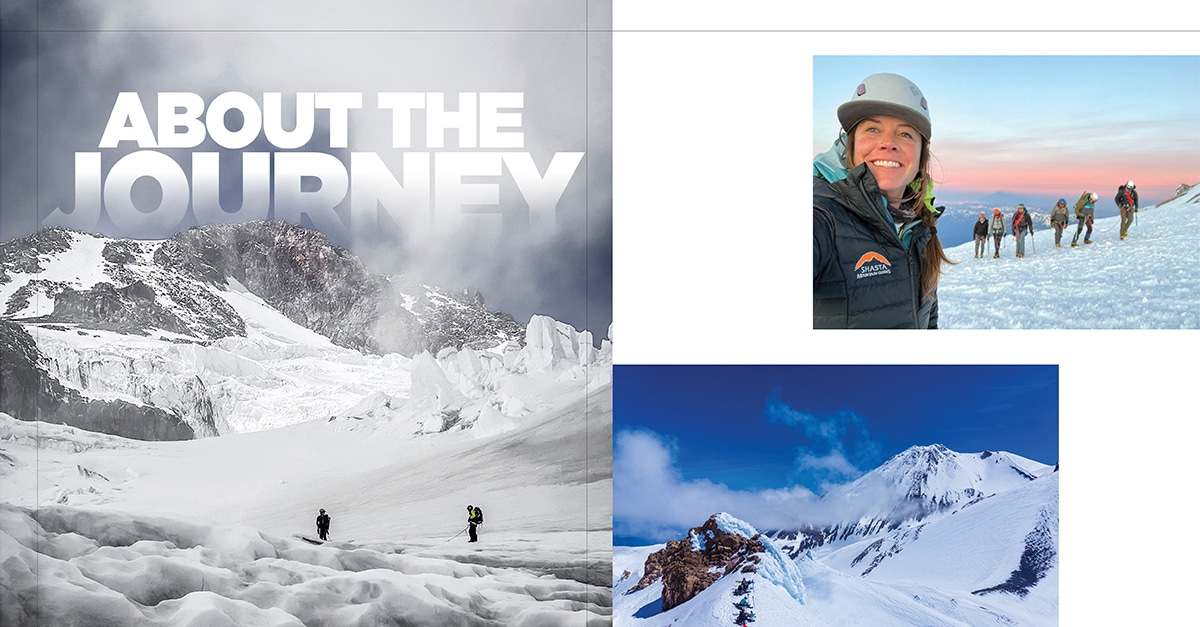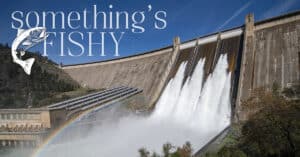About the Journey
Reaching New Heights with Shasta Mountain Guides…
In 1856, the Shasta Courier proclaimed: “September 16, the famous mountain Shasta Butte was ascended by a party of ladies, where they celebrated the admission of California into the Union. The ladies who performed this feat are Mrs. D. A. Lowry of Scotts Valley, Mrs. Eddy, Mrs. Gage and Mrs. J. White of Yreka, and Mrs. McLeod of Sacramento River. They have accomplished that which was thought…to be an impossibility.” At least in pioneer history, it was the first time any woman – let alone a group of women – had ever summitted Mount Shasta. The article goes on to say that they performed the expedition in the closest thing they had to pants – undergarments known as bloomers. “The suits which the ladies had worn in crossing the plains…were considered the only suitable dress in which [they] might be permitted to ride their surefooted mules in the perilous ascent of Mt. Shasta.”

Of course, mountaineering attire has changed radically in the last century and a half, and women now regularly ascend the mountain. “I’d guess in my eight seasons up here, it’s been more than 50 times,” notes Tailer Spinney, a female splitboard guide for Shasta Mountain Guides. But the idea that climbing is a man’s sport persists, and it’s something Spinney has observed in her own career. “It’s definitely a male-dominated industry. And it’s not just the people you work with. It’s also the clientele. I’ve had moments where a male colleague standing next to me is automatically assumed to be the one in charge even though he’s brand new, just because I’m the smaller girl with blonde braids.” For Spinney, it’s a compelling reality. “Personally, I just take it as motivation. But it defeats a lot of people. Many women and friends have been like, ‘You know what? This isn’t for me.’”
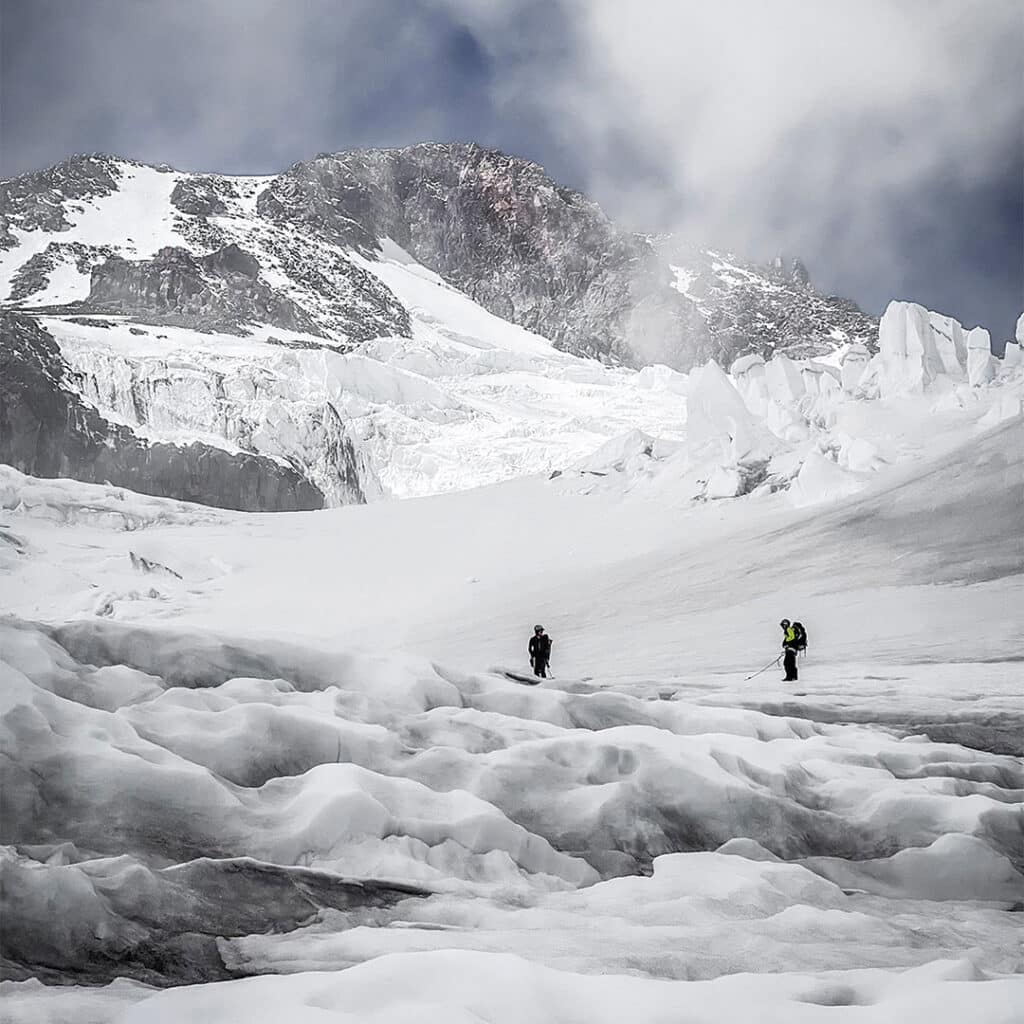
But Spinney, along with her fellow guides and leadership at Shasta Mountain Guides, believe having diversity in climbing is incredibly valuable, especially when it comes to the balance of decision-making and communication skills on the mountain. To that end, they are hard at work encouraging greater female involvement, both as guides and recreational climbers. Not only do they work with a nonprofit known as SheJumps and help host an annual breast cancer prevention fundraiser climb in October, but they also offer several climbing and backpacking options that cater exclusively to women. Courses include multi-day summit climbs, glacier schools, and mountaineering courses.
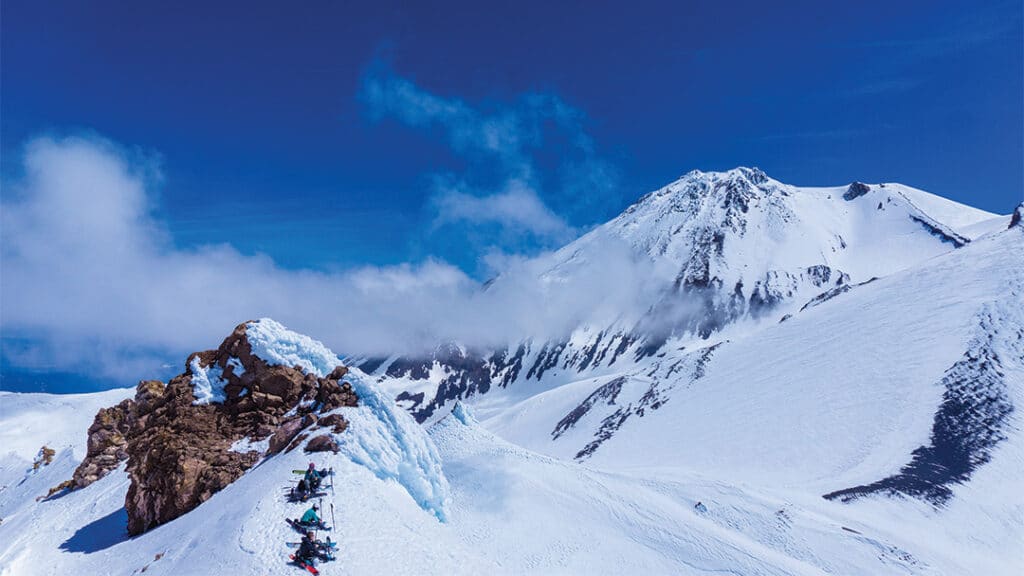
“You don’t need mountaineering experience to come to Mount Shasta on a guided trip, but it always helps. So, we have day classes that cover the gear you’d be traveling with on a climb where you get out in the snow and practice going uphill and downhill using the equipment, like ice hacks and crampons. It’s a great intro course and really helps with the success rate on a three-day climb. But my favorite trip to work and the one that I see people get the most stoked about is our Glacier One seminar. It’s a four-day itinerary, with one full day dedicated to skills. It’s like having the mountaineering class and three-day climb combined, except you’re up on the mountain in the terrain the whole time,” says Spinney. Fellow guide Katie Wry adds, “A lot of women don’t think they can do it, but then they take that leap of faith and do a trip like this and see good results. Because with some training and preparation, summiting Mount Shasta really is an achievable goal.”
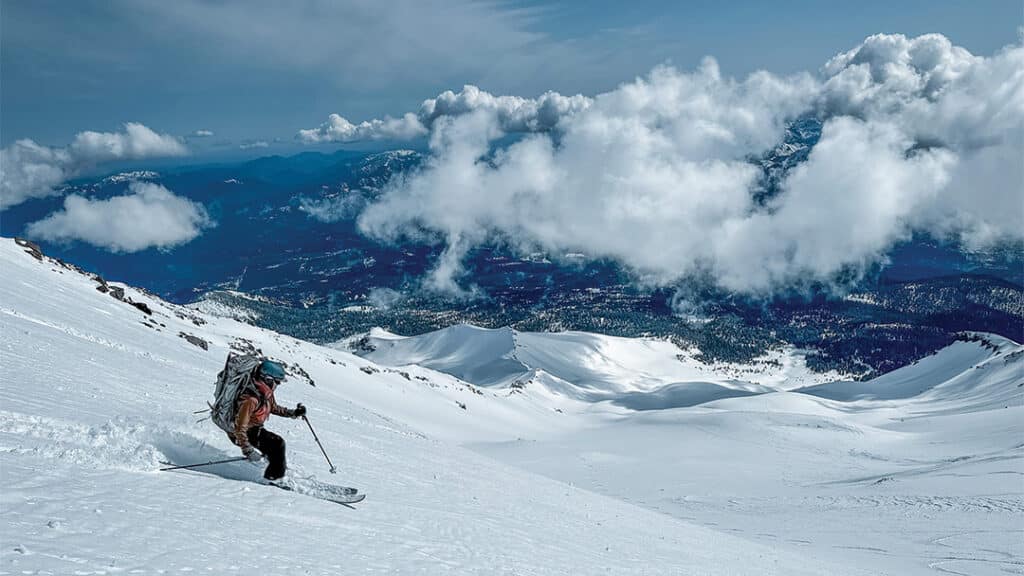
Spinney and Wry do also both stress, however, that summiting Mount Shasta shouldn’t be the only goal. In fact, Wry says sometimes it takes the bigger person NOT to summit. “Of course, being up there gives you that sense of fulfillment and we never want to diminish that. But the thing about the summit is it’s only halfway and the descent is generally when people are most likely to have an accident or injury. As a guide, it’s my job to make sure whoever is climbing still has half a tank left to get down. Some days it’s not their day, and we need to turn around. Our culture kind of perceives that as a failure, which is a bummer because it’s actually the harder decision to make. You never want to be just getting away with things in the mountains so I think there’s a lot of teaching that can happen in those turnaround moments.”

Spinney agrees. “I take it pretty seriously to help change the box- checking mentality. As cliché as it sounds, it’s about the journey and the skills we’re learning the whole time.”
Spinney and Wry are optimistic about the future of climbing. Spinney notes, “Katie and I have worked together on the women’s trips, and they are just so empowering. Sometimes these women come in and they’ve never even peed outside before. So, it’s really about just flipping this societal script of what a woman can do. And I feel like the more we expose climbing to all kinds of people, the more likely our industry will change in terms of diversity.”•
Shasta Mountain Guides (530) 926-3117 www.shastaguides.com
Article Written by:
Megan Peterson has been a freelance storyteller for more than two decades, with writing credits ranging from National Geographic to the Sundance Channel. She also brings a background in marketing and audio tours, and has traveled and worked on six continents. Megan currently lives in Northern California with her family and a menagerie of pets.
